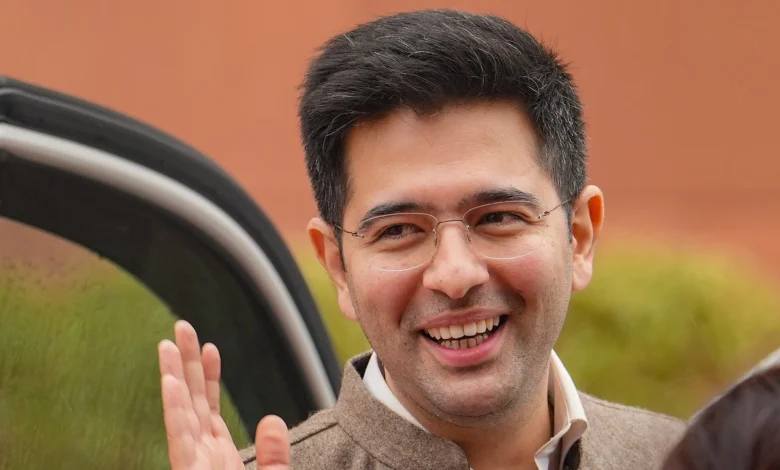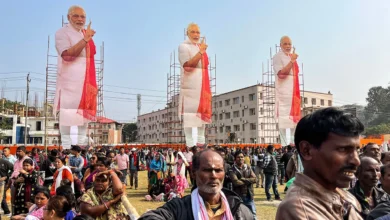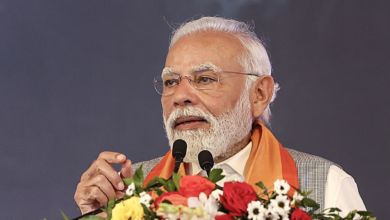AAP Rajya Sabha MP Raghav Chadha recently underwent a Vitrectomy
According to the sources, this disorder, which is marked by the formation of tiny holes in the retina, is very harmful to eyesight and must be treated immediately to prevent irreversible damage

Rajya Sabha Member of Parliament (MP) Raghav Chadha recently underwent an emergency vitrectomy in London due to a retinal hole for which he had travelled to the United Kingdom as announced by the AAP colleague and Delhi Minister Saurabh Bharadwaj on Tuesday, April 30th, 2024.
Bharadwaj expressed concern about Chadha’s absence from the AAP’s Lok Sabha election activities, emphasising the severity of his condition and the risk of potential eyesight loss. “Raghav Chadha has undergone a major eye surgery in the UK. It is said that his condition was serious and there was a possibility of blindness. As soon as he gets better, he will come back to India and join us in the election campaigning,” the Delhi Health Minister told PTI Videos.
According to party sources, PTI said that Parineeti Chopra’s spouse, an actor, is set to have a vitrectomy procedure in order to prevent retinal detachment in his eye. According to the sources, this disorder, which is marked by the formation of tiny holes in the retina, is very harmful to eyesight and must be treated immediately to prevent irreversible damage.
What is Vitrectomy?
According to Johns Hopkins Medicine, a vitrectomy is done to remove the gel-like material called vitreous gel that has developed inside the eye. This makes the retina in the rear of the eye accessible to medical professionals. Treatments for certain eye conditions, including diabetic damage and retinal detachment, need surgery. During the procedure, a saline solution or occasionally a gas bubble is used to replace the removed gel.
The retina, which is found in the rear of the eye, is responsible for capturing light and sending visual signals to the brain. Light can flow through the transparent vitreous gel and reach the retina. However, obstructions to this light, like as blood, dirt, or scar tissue, can impede vision.
According to Dr Siddharth Sain, senior retina consultant, at Sharp Sight Eye Hospitals, “During a vitrectomy, an ophthalmologist makes tiny incisions in the sclera, the white part of the eye, allowing the insertion of specialised instruments. These instruments can cut away and suction out the vitreous humour, enabling the surgeon to access and repair any underlying retinal issues, such as retinal detachments, macular holes, or proliferative diabetic retinopathy.”
If you have any of the following conditions: serious eye injuries, infections, diabetic retinopathy, retinal detachment, vitreous haemorrhage, complications following cataract surgery, etc., you may require a vitrectomy. If treatment for these disorders is not received, vision loss and maybe blindness may result.
Vitrectomies can occasionally help recover eyesight that has been lost, particularly in urgent situations such as eye injuries. It is also possible to plan for certain circumstances, though.
Although vitrectomy is usually safe, there are always some hazards involved with any operation. Complications may or may not occur depending on your age, general health, and the specifics of your eye problem. Among the dangers connected to vitrectomy include infection, excessive bleeding, elevated intraocular pressure and the creation of a fresh retinal detachment as a result of the operation.
Dr. Sain states that vitrectomy surgery is advised for a variety of significant eye disorders, especially those that pose a risk to the retina’s health or eyesight. Retinal detachment, a disorder where the retina separates from the back of the eye and might result in blindness if left untreated, is one of the most frequent causes of this procedure.
you might also be interested in – “AAP Ka RamRajya” website launched by Aam Aadmi Party before 2024 elections



